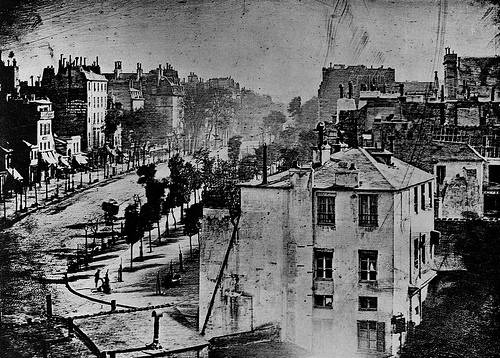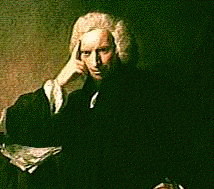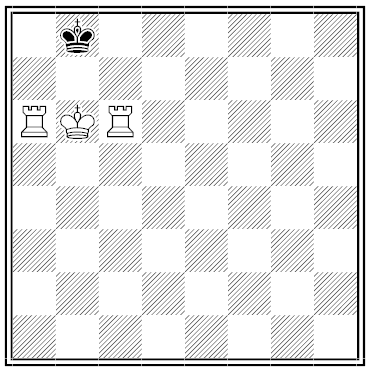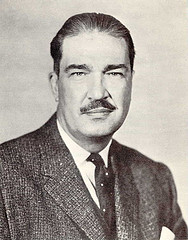In crossing the Atlantic, in the month of November, 1749, the crew of an English ship observed a large ball of blue fire rolling on the water. It came down on them so fast, that before they could raise the main-tack, they observed the ball to rise almost perpendicularly, and within a few yards of the main chains: It went off with an explosion as if hundreds of cannon had been fired off simultaneously, and left behind it a great smell of brimstone. The main-top-mast was shattered into a thousand pieces, and spikes driven out of the main-mast which stuck in the main deck. Five seamen were knocked down, and one of them greatly burnt, by the explosion. The fireball was of the apparent size of a large mill-stone, and came from the N. E.
— Cabinet of Curiosities, Natural, Artificial, and Historical, 1822





